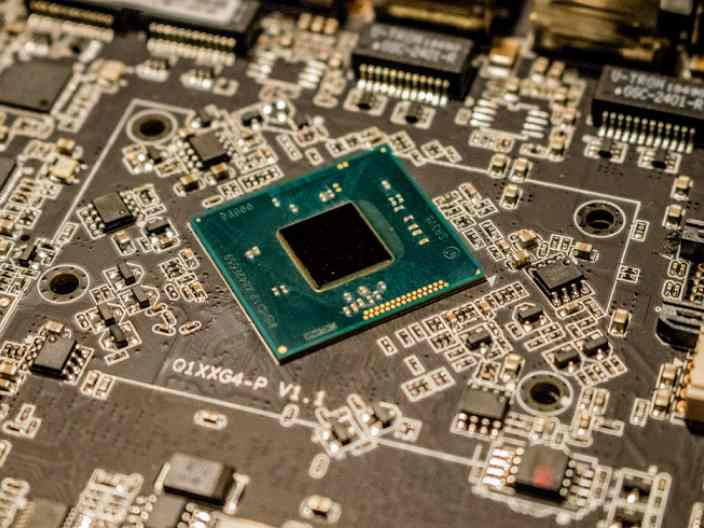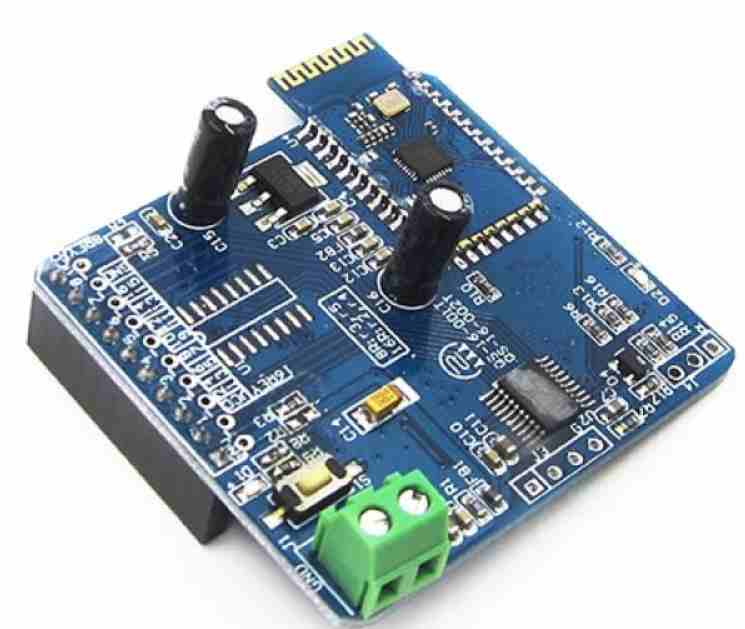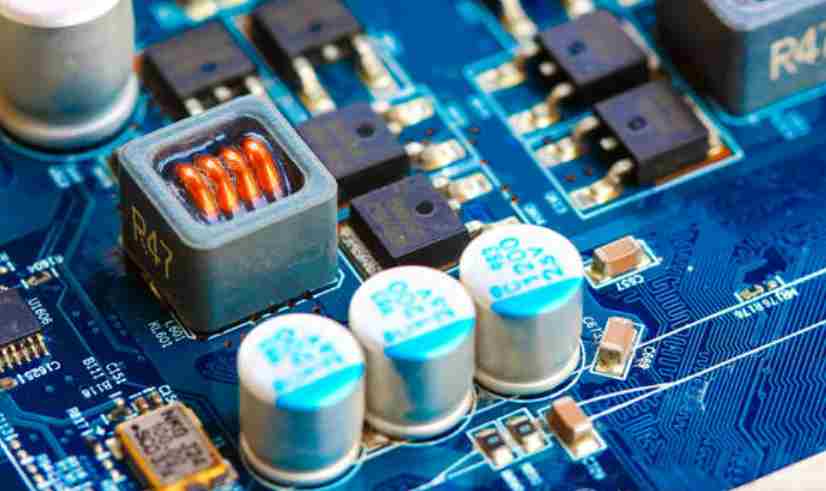
Electronic products all need to use PCB, PCB market trend is almost the wind vane of the electronic industry. With the development of high-end and small-scale electronic products such as laptops, PDAs and laptops, the need for flexible PCBS (FPCS) is increasing. PCB manufacturers are accelerating the development of FPCS that are thinner, lighter and more dense.
1. Single-layer FPC
Having a layer of conductive pattern carved by chemical corrosion, the conductive pattern layer on the surface of the flexible insulating substrate is calendered copper foil. The insulating substrate may be polyimide, polyglycolic terephthalate, arylamide fiber ester and polyvinyl chloride. Single-layer FPC can be divided into the following four subcategories:
1. Single side joint signing without cover layer
The wire pattern is on the insulating substrate, the wire has no covering layer, and the interconnection is successfully achieved by solder welding, fusion welding or pressure welding, commonly used in early telephone sets.
2. Single side joint signing with covering layer
Similar to the previous class, but in the surface of the wire more than a layer of cover layer. Cover the need to expose the pad, simple can not be covered in the end area. It is one of the most widely used single-sided soft printed circuit board, which is used in vehicle instrument and electronic spectrograph.
3. Double-sided joint signing without cover layer
The joint plate interface can be connected on the front and back of the wire, and a channel hole is opened on the insulating substrate at the welding pad. The channel hole can be made by punching, etching or other mechanical methods at the required position of the insulating substrate.
4. Double-sided joint signing with covering layer
Unlike the former class, the outer surface is provided with a covering layer, which is provided with access holes, allowing both sides to be terminated and still maintaining the covering layer, which is made of two layers of insulating material and a layer of metallic conductor.

Two, double-sided FPC
Double-sided FPC has a layer of conductive graphics formed by etching on each side of the insulating base film, which increases the density of the wiring of the size of the unit plane or object surface. The metallized hole forms a conductive path by co-signifying the graphics on both sides of the insulating material to satisfy the preset and operational functions of flexure. The covering film can try to take care of the single, double-sided wire and the location of the element. Metallized holes and masking layers are optional as required, and this type of FPC is rarely used.
Three, multi-layer FPC
Multi-layer FPC is the single or double sided flexible circuit of 3 or more layers laminated together, through drilling, electroplating to form a metallized hole, the formation of conductive path between different layers. Thus, it is not necessary to use complex welding process as appropriate. Multilayer circuits in higher reliability, better thermal conductivity and more convenient assembly performance to block the face of things have a big functional difference.
Its advantage is that the substrate film is light in weight and has good electrical special properties, such as low dielectric constant. The multilayer flexible PCB board made of polyimide film as the base material is about 1/3 lighter than the rigid epoxy gas glass cloth multilayer board, but it misses the good flexibility of single-sided and double-sided soft PCB. Most of these products are not required to be flexible. Multilayer FPCS can be further classified as follows:
1. Flexible insulating substrate products
This type is produced on a flexible insulating substrate where the finished product is specified to be flexible. This structure is generally a lot of single or double sided microstrip flexible PCB two ends bonded together, but the inner part of the end bonded together, so it has a high degree of flexibility. For a high degree of flexibility, a thin, adaptive coating, such as polyimide, may be used over the wire layer to replace a thicker laminate covering layer.
2. Soft insulating substrate products
This type is caused by making on a soft insulating substrate, and the end of the finished product can be flexuded. This type of multilayer FPC is made with a soft insulating material, such as polyimide film, and the containment is held down into a multilayer board, which misses the inherent flexibility after lamination.









